Historic England raises no objection despite acknowledging plans would cause ‘high level’ of harm to grade II*-listed landmark
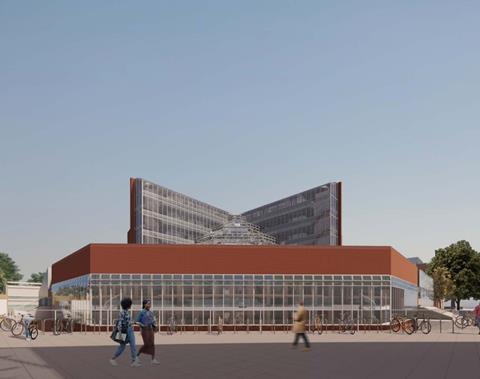
BDP’s proposals to refurbish and extend James Stirling’s Faculty of History building at the University of Cambridge have been given the go ahead.
The grade II*-listed building, which contains the Seeley Library, is one of Stirling’s internationally renowned ‘Red Trilogy’ of university buildings built in the 1960s and 70s.
Completed in 1968, it is considered a leading example of the radical approach to the design of university buildings often used in the post-war years.
However, the building has suffered from water ingress and access issues, while the single glazing on its facades and atrium is now considered unfit for purpose.
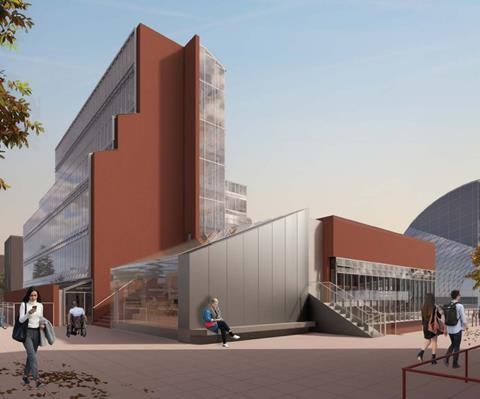
BDP, which was appointed with Arup on the scheme by the university in August 2024, submitted a planning application and listed building application in February this year to completely replace the glazing with a high-performance double-glazing system.
New additions will include fixed ‘fins’ designed to mimic the appearance of Stirling’s original Venetian blind system, which will be removed, and a series of internal steel braces to carry the additional weight of the new glazing system.
Two new pavilions will also be added to offset space lost through upgrades to other parts of the building, along with a ramp connecting the first floor and podium terrace levels.
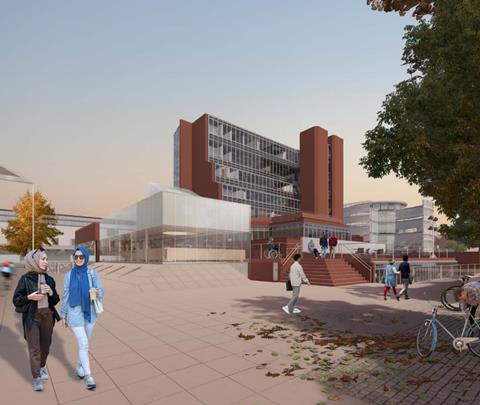
While Cambridge council’s conservation officers said the interventions would be harmful to the listed building, they acknowledged that “great effort” had been made to minimise the impacts including with the approach to replicate the design features of Stirling’s original glazing system.
The proposed pavilions would also have a “harmful” impact on the appearance of the building but are of a high enough design quality, while being both respectful and subservient to the listed building, to be acceptable, officers added.

The council report concluded the proposals would cause less than substantial harm to the significance of the building, but this had been “clearly and convincingly justified” by the public benefits of securing the building’s “optimum viable use”.
Historic England raised no objection to the scheme, despite conceding the proposals would cause a “high level” of harm. The heritage advisor said it had been persuaded in pre-application meetings that a major intervention is “unavoidable” if the building is to remain in its current use.
>> Also read: Historic England upgrades Stirling’s college listings
The project team includes Aecom on costs and as project manager, Arup as civil and structural engineer and facade engineer, Jensen Hughes as fire engineer and SDC as main contractor.



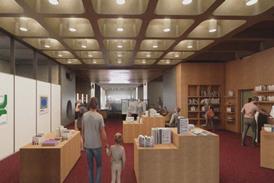
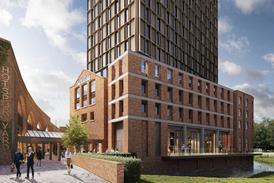
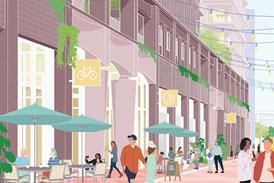











3 Readers' comments